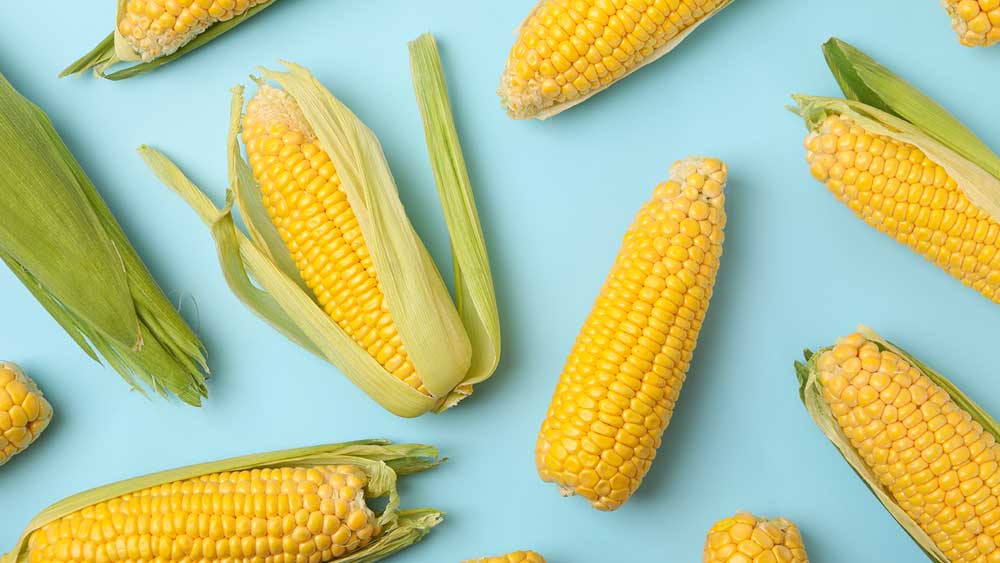
Sodium cocoamphoacetate
- Derived from: coconut
- Pronunciation: (\ˈsō-dē-əm\ \ˈkō-(ˌ)kō-am(p)-fo-ˈa-sə-ˌtāt\)
- Type: Naturally-derived
What Is Sodium cocoamphoacetate?
Sodium cocoamphoacetate is an amber liquid derived from coconut. It has a fruity scent.[1,2] Coconuts grow on the cocos nucifera, or coconut palm tree. Coconut palms grow around the world in tropical areas where annual precipitation is low.[3,4] Widely cultivated, healthy coconut palms produce 50 nuts per year, and the tree can be used to produce everything from food and drink to fibers, building materials, and natural ingredients.[5,6]
What Does Sodium cocoamphoacetate Do in Our products?
Sodium cocoamphoacetate is a surfactant that allows water and oil to mix, allowing things to become clean. It also increases foam capacity and stabilizes foams.[7,8] It can be found in personal care products such as shampoo, mousse, shaving cream, soap, conditioner, makeup, and other products.[9,10] It is also used in all-purpose cleaners.[11,12]
Why Puracy Uses Sodium cocoamphoacetate
We use sodium cocoamphoacetate as a surfactant and cleanser. The Cosmetics Ingredient Review has deemed the ingredient safe for use in cosmetic products.[14] Whole Foods has deemed the ingredient acceptable in its body care quality standards.[15] Research shows the ingredient is typically not a skin or eye irritant.[16,17,18,19,20]
How Sodium cocoamphoacetate Is Made
Sodium cocoamphoacetate is made by reacting coconut acid with aminoethylethanolamine to produce an imidazoline. It is then reacted with monochloracetic acid or monochloropropionic acid in the presence of sodium hydroxide. This forms mono- or dicarboxylated products, which are supplied as amber liquids containing 40% to 50% solids. Adding sodium chloride makes the mixture more viscous.[13]
Certifications

Sources
[1] Cosmeticsinfo.org
[2] U.S. National Library of Medicine
[3] Pennsylvania State University
[4] Cosmeticsinfo.org
[5] University of Hawaii at Manoa College of Tropical Agriculture & Human Resources
[6] U.S. National Plant Germplasm System
[7] Cosmeticsinfo.org
[8] European Commission
[9] Cosmeticsinfo.org
[10] Personal Care Council
[11] Personal Care Council
[12] Environmental Working Group
[13] Personal Care Council
[14] Personal Care Council
[15] Whole Foods Market
[16] Barail, L.C. (Sept. 10, 1954). "Skin irritation test report" (as correspondence to The Miranol Chemical Co.) on Miranol CM Cont. (CAC). No. T-10
[17] Barail, L.C. (Oct. 19, 1956). "Skin irritation test report" (as correspondence to The Miranol Chemical Co.) on Miranol CZM-SF Cont. (CACP). No. T-38
[18] Leberco Laboratories. (Feb. 13, 1976). "Primary dermal irritation in rabbits with CAG." Roselle Park, NJ. (2.49-18)
[19] Consumer Product Testing. (March 16, 1977). "Primary dermal and ocular irritation in the rabbit, acute oral toxicity in the rat, on CAC." Fairfield, NJ. (2-49-l 7)
[20] Hill Top Research, Inc. (1988). Submission of unpublished data by CTFA. "Cocoamphoacetate, cocoamphopropionate, and cocoamphodiacetate. Repeated Insult patch test and evaluation of human photoallergy"


























